Runway Music: Electro-Indie-It-Girls
|FEDERICO SARGENTONE
Rejoice, readers. Menswear is here.
It is fair to say that, for people my age, influencer culture began with photo albums rather than photo dumps — and with “friends” instead of followers. I joined Facebook in 2008, at the age of 15, and had already spent quite some time on the now-derelict universe of proto-blogs including Netlog and Myspace. Back then, chatrooms and message boards were still a thing. Music was illegally downloaded — or, rather, exchanged — across peer-to-peer networks with funky interfaces, sloppy mascot logos, and lethargic download speed.
Around 2006-2007, the cultural milieux in which the millennial generation thrived, found its headquarters online. For the first time, youth globally started to actively interact with one another, documenting their styles, images, tastes, and behaviors in the digital space. The online ecosystem, though basic in form and structure, allowed participation and identification analogously to today’s social media. Web 2.0 is at its peak, and “blogosphere” is a word.
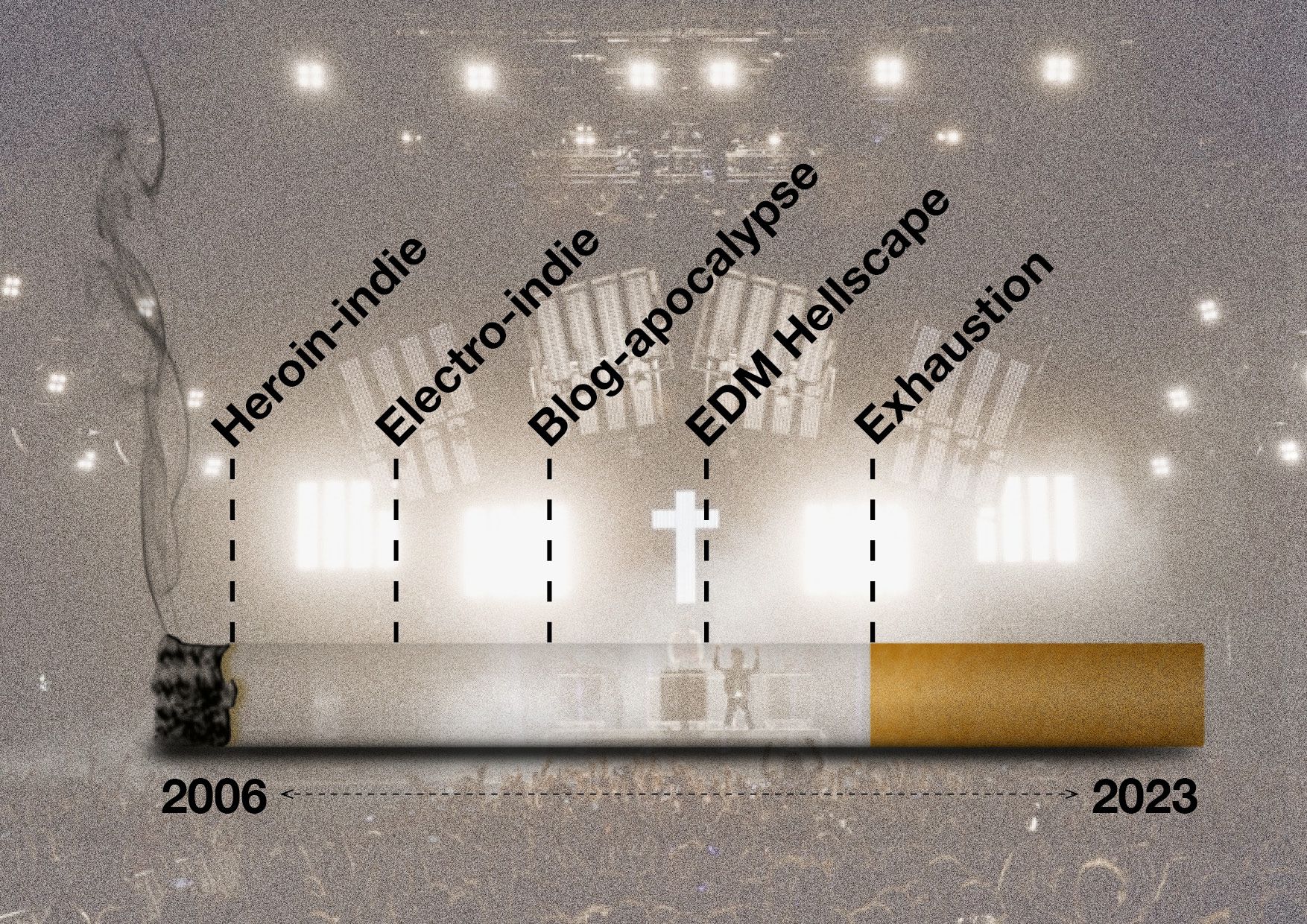
Today, this prototype of vernacular online interaction has become the subject of media headlines, the brief for countless fashion editorials, and the sonic trend in this season’s menswear collections in Milan and Paris. I am not here to discuss everyone’s favorite topic of the moment — Indie Sleaze — but rather use it as a stylistic key to unpack what youth culture looked like at that time. The explanation is simple: music ruled over style, and music taste instigated style.
For those logged-on during the time when Chiara Ferragni was posting her thrifted Chanel bag worn with a pair of black, skinny H&M spandex-laced jeans, you knew you were dressing that way because of music. For men, Pete Doherty fedora hats and plimsoll canvas sneakers ensured you looked cool enough to be photographed at the club. The style guiding photos were then posted in an album containing more than 100 pictures the next day. Scrutinizing those photos with a clinical eye while hungover on cheap beers or molly, you tagged your friends and pondered whether to set it as a profile picture. The photo portrayed you around a vortex of LED lights captured in the absolute classic style of the long exposure event shot.
What kind of music plays in the background of that picture? Honestly, it’s hard to tell. In the years between 2004 and 2009, people started sharing and contextually forming their personalities online. The content was mostly self-referential and chaotic. People began to build their public persona via what we could call “selfie-autofiction.” As a result, we witnessed peak hybridization between rock music and electronic. These are the years of Ed Banger tunes being played in the club back-to-back with indie rock anthems. These are the years of Steve Aoki playing Glastonbury, of emo scene queens mingling with post-heroin chic guitar players, of synthesizers incorporated into traditional rock-band formations. These are the years of the “alternative” scene — not fully mainstream yet not truly underground.
Via indie rock — music or aesthetics — we derive the birth of hybrid dance music subgenres that can be all grouped within the spectrum of “electro.” Electroclash peaked with acts like Uffie or Peaches; nu-rave with bands like Klaxons, folktronica with Cocorosie, and nu-disco with the French alliance of Justice, SebastiAn, and Kavinsky. While being situated in the predominantly European lineage of Italo disco and French Touch, these genres contributed to the expansion of the indie rock canon.
As expected, Men’s FW-23-24 collections in Milan and Paris reflect the revived interest in indie. It was the season of electro, intended as the watered-down, distant cousin of Detroit’s original sound, brought back on stage via the Y2K urge of cringing over embarrassing subcultural codes and pretending they’re fit for our contemporary times. No one wants to listen to The Libertines again. No one wants to swim in the mud at a pathetic mega-festival in rural Somerset. No one wants to date a member of a band, any band, really. And yet, we all seem to be dressing for it.
At Fendi in Milan, the electro-indie cultural complex unfolds with a history lesson. A god among mortals, Italian Eurodance pioneer Giorgio Moroder designed a sonic masterclass on synthesizer music. Oscillating between disco guitar stomps and electro basslines, the soundtrack is tinged with Moroder’s signature strobe-like bass patterns and futuristic Moog synths arranged in harmonized arpeggios. For the entire duration of the show, the reference was clearly palpable. The sound palette, rhythm, phrasing, and motives all screamed one thing: Donna Summer’s “I Feel Love.” It’s without surprise that the music transitions to that iconic track for the models' final exit. If Mr. Moroder is the ultimate electro-indie daddy, the poster track is undoubtedly the 2007 rave-y anthem “Testarossa Overdrive” by Kavinsky — heavily Moroder-influenced. The SebastiAn remix specifically made quite a few of us sweat our skinny-jean clad legs, and the widespread indoor usage of heavyweight flannels was another contributing factor to the dancefloor perspiration.
At Saint Laurent’s show, hosted inside Tadao Ando’s Bourse de Commerce in Paris, the same SebastiAn guided us into a much more sophisticated, aerial, and piano-rendered dimension of electro-indie. The soundtrack was performed live by no less than the living proof of indie elegance: Charlotte Gainsbourg. French touch couldn’t get much Frencher. The moment was infused with 2008 Cannes Film Festival afterparty energy: you’re smoking a cigarette at a club celebrating an emerging French director who, albeit having been nominated and being critically acclaimed, lost out to a bigger name. Everyone praises the experimental rhythm of the film and its brilliant soundtrack by a band that’s touring as the support act for Bloc Party. You’re there because you run an influential style blog. No one knows what a creative director is.
Back to present day, the looks and sounds are still Croisette. It’s easy to imagine them transitioning from the red carpet straight to the afterparty with a simple popping of one or two shirt buttons. You can feel how much the white collars would look even better with red lipstick marks on them. Give any dude some champagne and an iPod Nano, and you will get it; it's electro-hedonism.
An iPod Nano filled with the most random tunes ever playing on shuffle mode is exactly what seems to be happening on the runway of Dsquared. A delirious mega-mix brings back blockbuster hits from the past, such as “Outrageous” by Britney Spears or Michael Jackson’s “Don’t Stop ’til You Get Enough.” Big plaque belts, ultra-tight tank tops, Canadian-cowboy outer- and footwear, and low-as-hell waists are the formal manifestation of the eternal cycle of trends. The mega-mix keeps playing, and — as I imagine two classmates on a two-seater in a suburban bus line sharing a pair of earphones — MJ’s funky chorus transitioned into caustic high-pitched plastic sounds of Peaches’ “Mommy Complex.” The track plays loud. “Each of us has his own rhythm of suffering,” as the mighty Roland Barthes once said.
Hard skip on the remaining three minutes, and we thankfully digressed to the big finale. A straight-to-the-ear, 4x4 sequence of Roland TR-808 clap sounds punctuates the model’s walking on stage. “Steroids” by Mr. Oizo featuring Uffie brings the show home while the lyrics sing, “I am the short circuit of this electronic / I am the start-up chick and my voice bionic.”
The people at Rizzoli Books sent me a press copy of the Cobrasnake monograph. COBRASNAKE: Y2KS ARCHIVE. I fear my ears respond to these images more than my eyes do. Now, I hear, and see, electro-indie everywhere. I feel like I’m living in a blue-pilled Skins simulation — the millennial-core TV series, not Skims, the underwear brand. In these last menswear shows, we’ve seen electro-indie being used for good: as a sonic background to emphasize clothes, but also as a cultural sign to connect the present audience to internet trends in a much more evocative and direct way to the audience. Music gets people hooked on a subconscious level, whether or not your collection directly links to indie sleaze or Y2K when it comes to actual clothes. Everyone wants to jump on trends before they exhaust themselves. With the rise of electro-indie as a visual and sonic trend on and off the runway, a sense of millennial hedonism resurfaces in the cultural sphere amidst the widespread generational anxiety and paranoia — true millennial signature codes. It’s undoubtedly a product of irony and therefore fails to become fully applicable to our present. The electro-indie cultural complex is an unrealizable aesthetic project, since the coming-of-age story of the doomed generation must solely reside in forgotten posts of some blog titled with an all-caps, vowel-free agglomeration of letters à la SBTRKT, MSTRKRFT, MGMT.
I’m not ready to rebrand this column as RNWY MSC, neither should brands.
Credits
- Text: FEDERICO SARGENTONE
Related Content
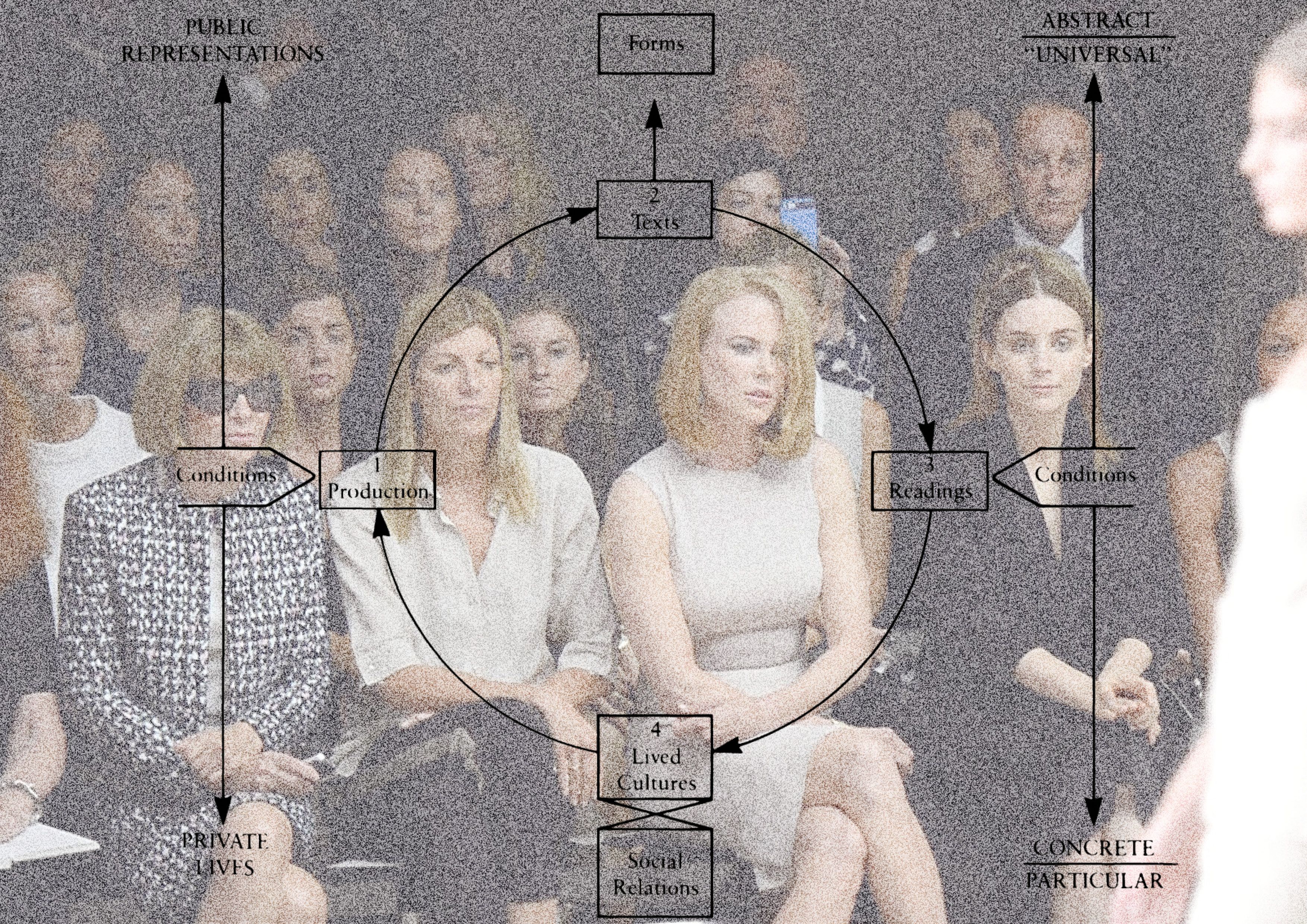
Runway Music: Musicology for Clothes
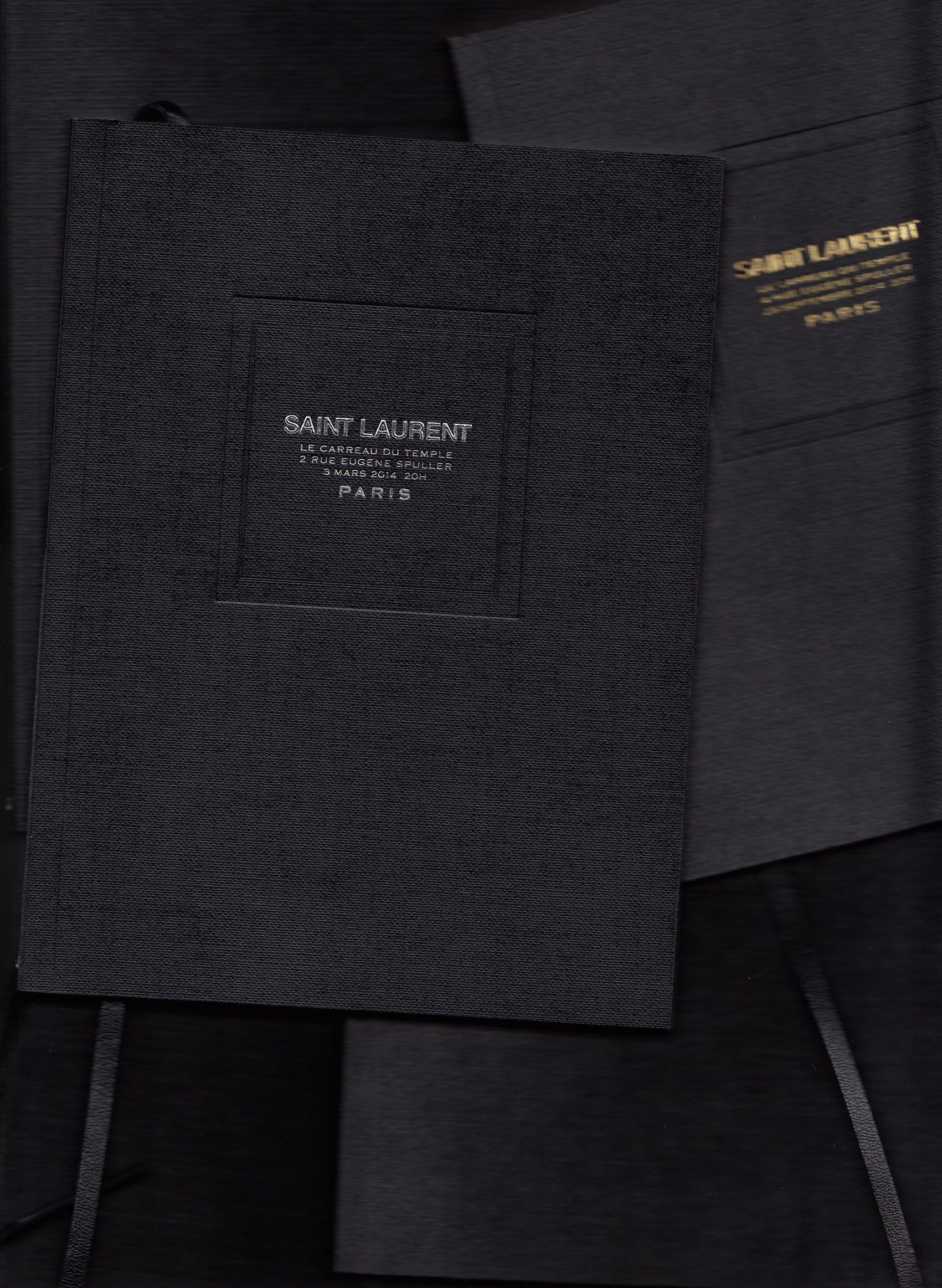
Why SAINT LAURENT Invitations Are Extremely Collectible Art Editions
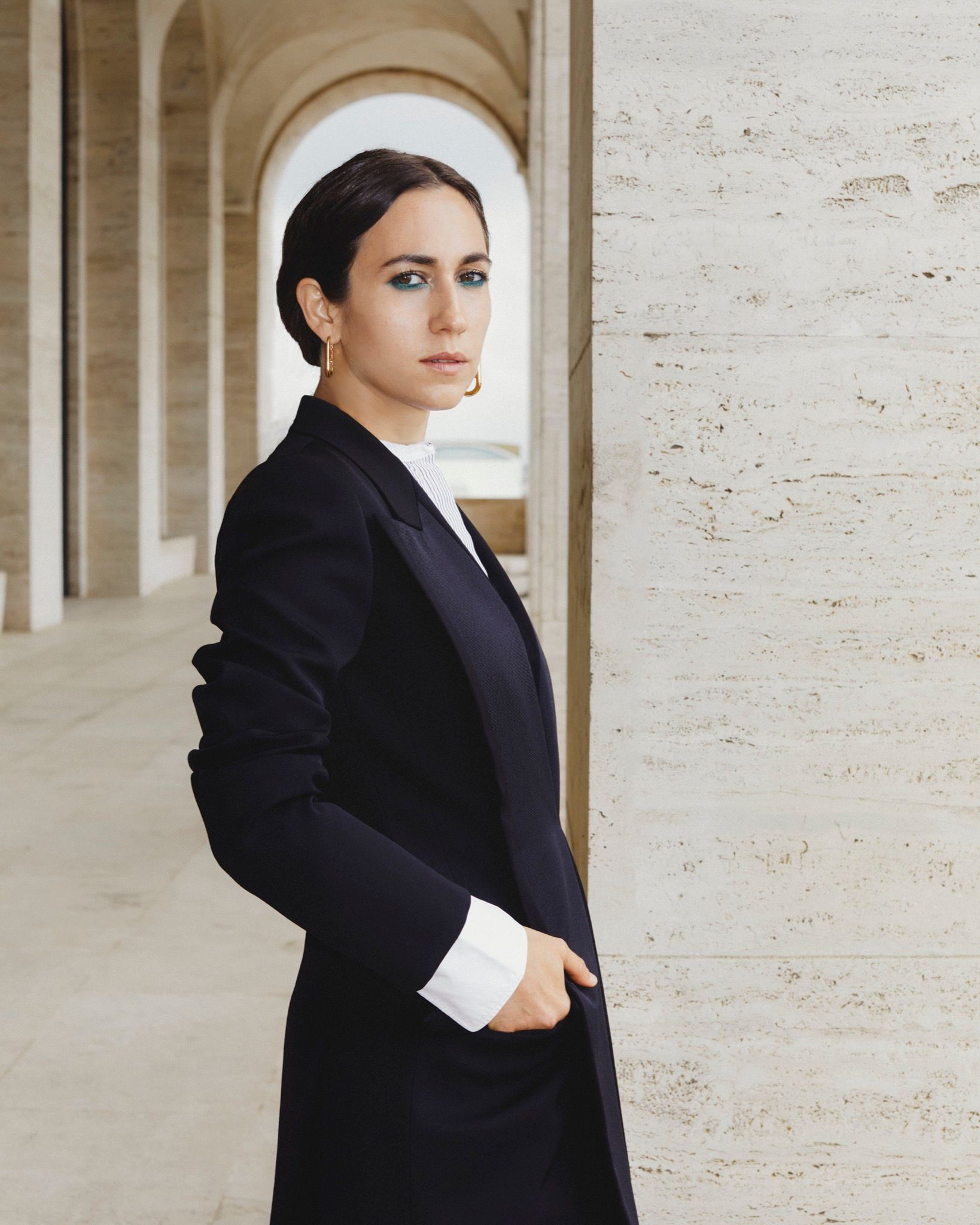
The Double F Chromosome: DELFINA DELETTREZ FENDI
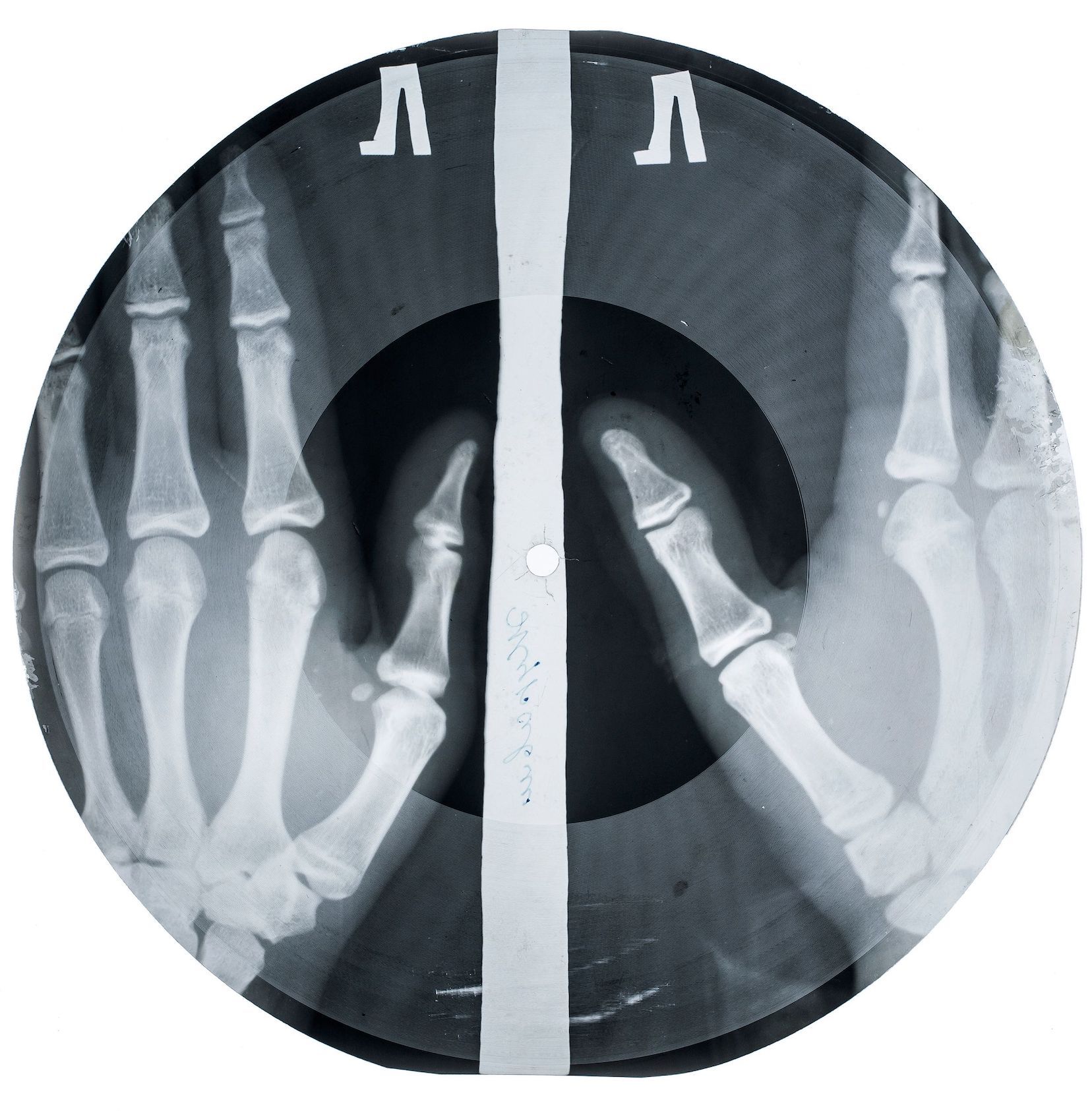
X-RAY AUDIO: The “Bone Music” of the Soviet Union
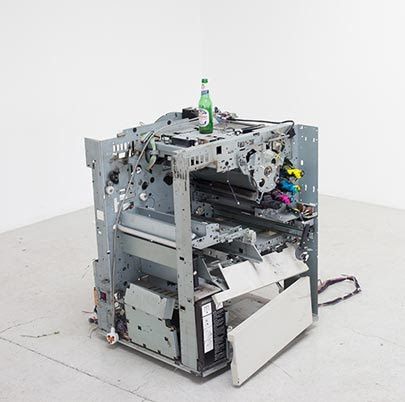
Why WOLFGANG TILLMANS Has Re-Coded Recorded Music into an In Situ Experience
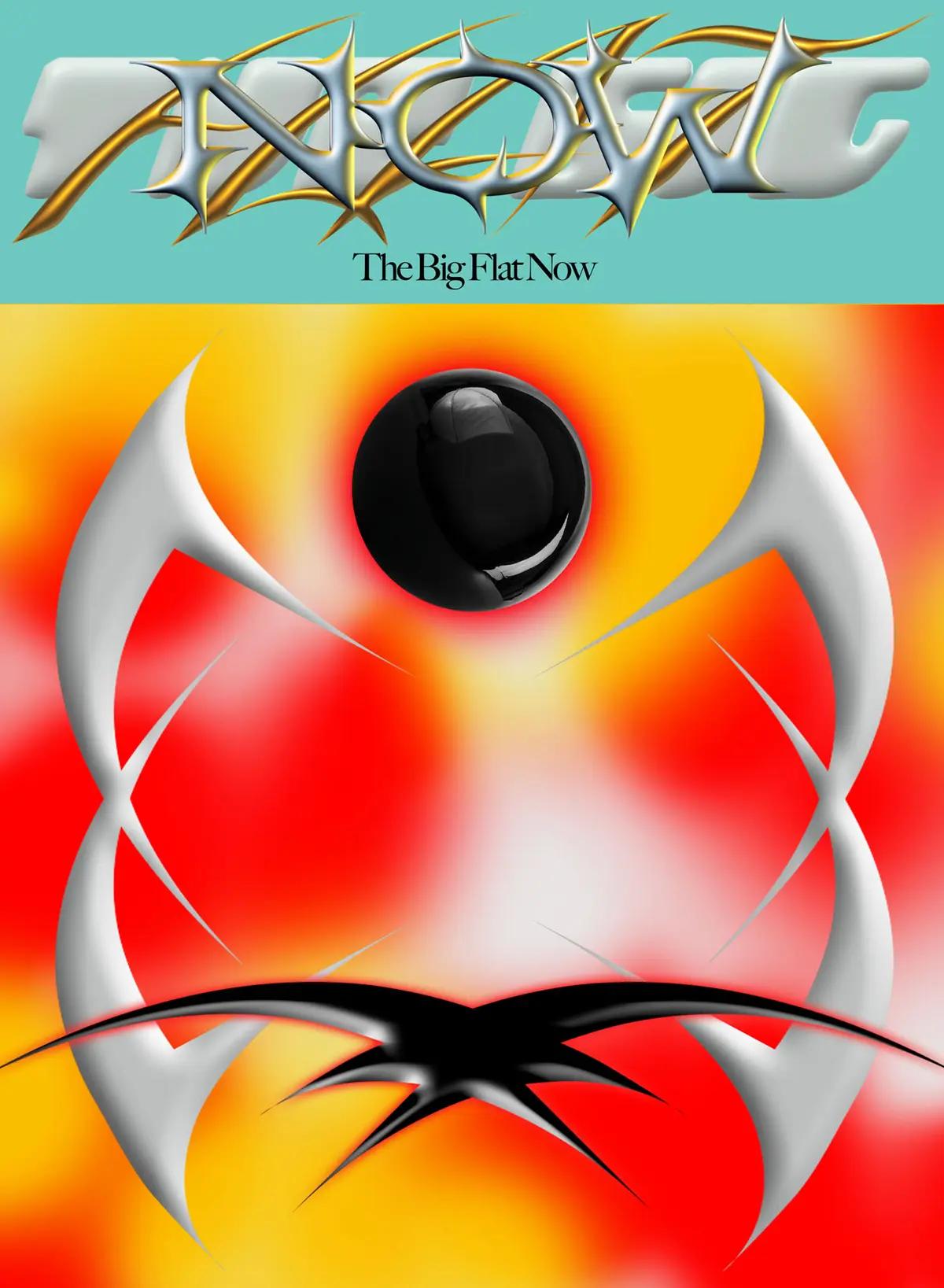
We regret to inform you that there is no future. Nor is there a past. Music, art, technology, pop culture, and fashion have evaporated as well. There is only one thing left: THE BIG FLAT NOW.
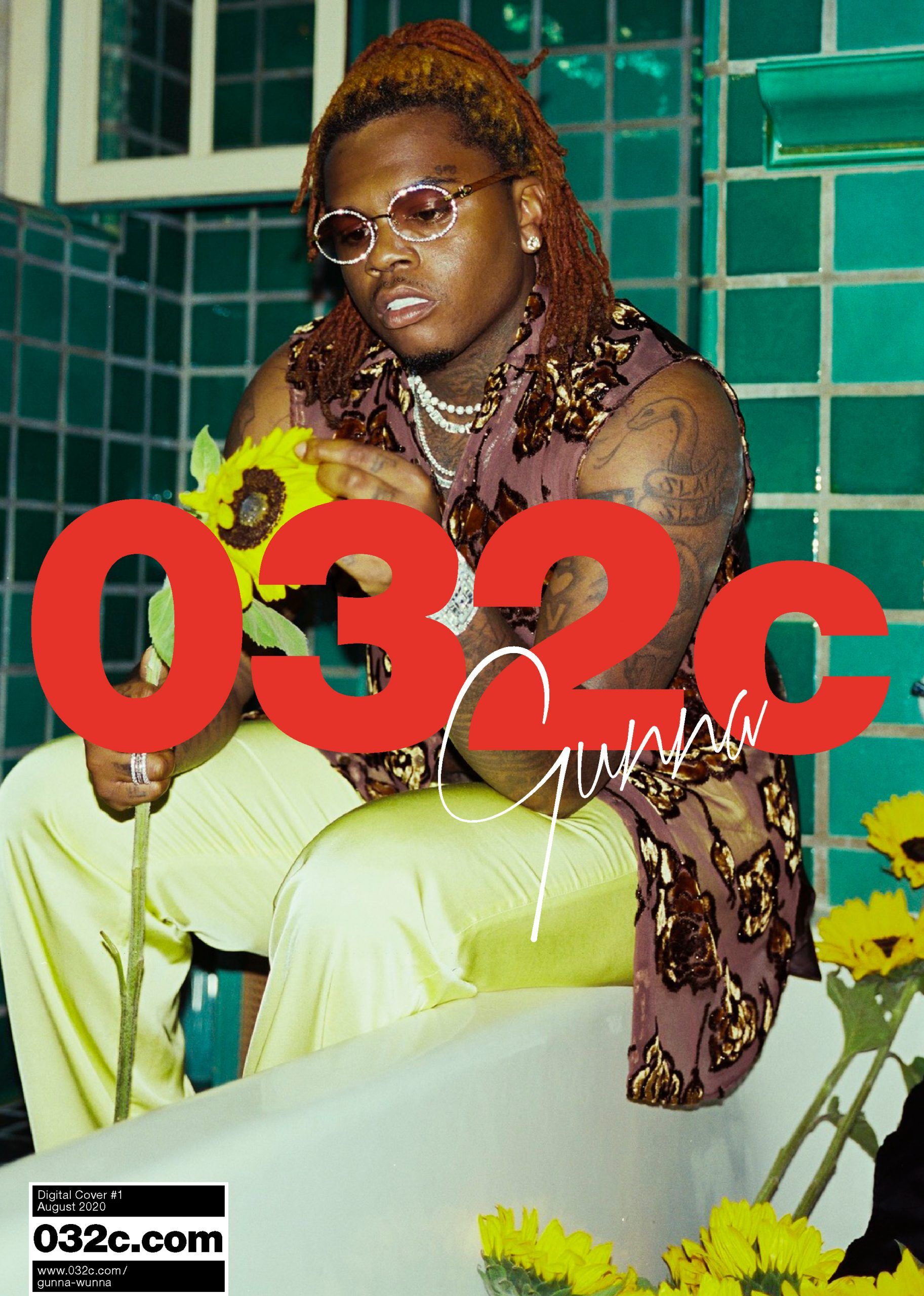
“This shit just sounds deluxe.”
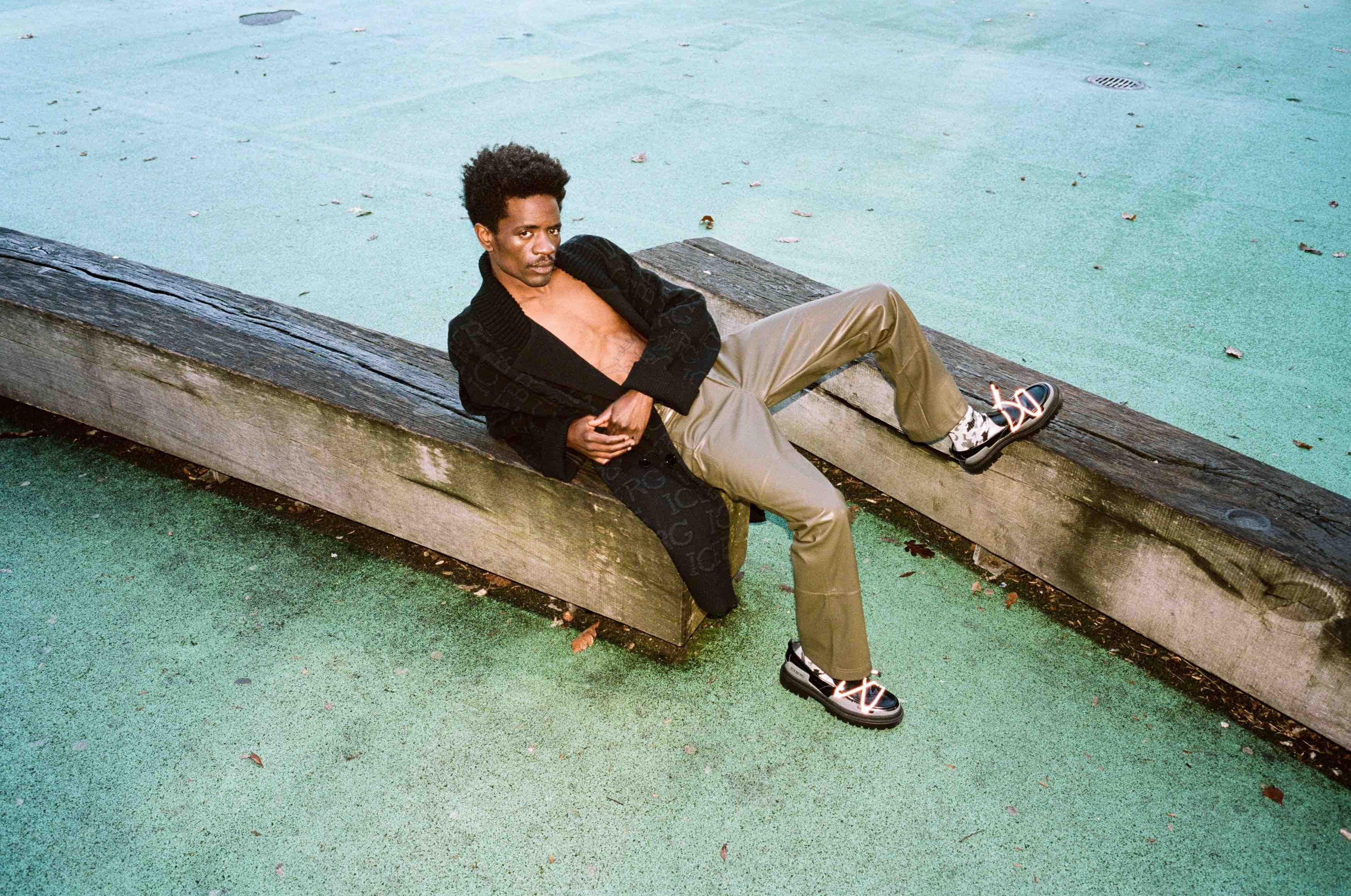
Iceberg's Visual Soundscapes